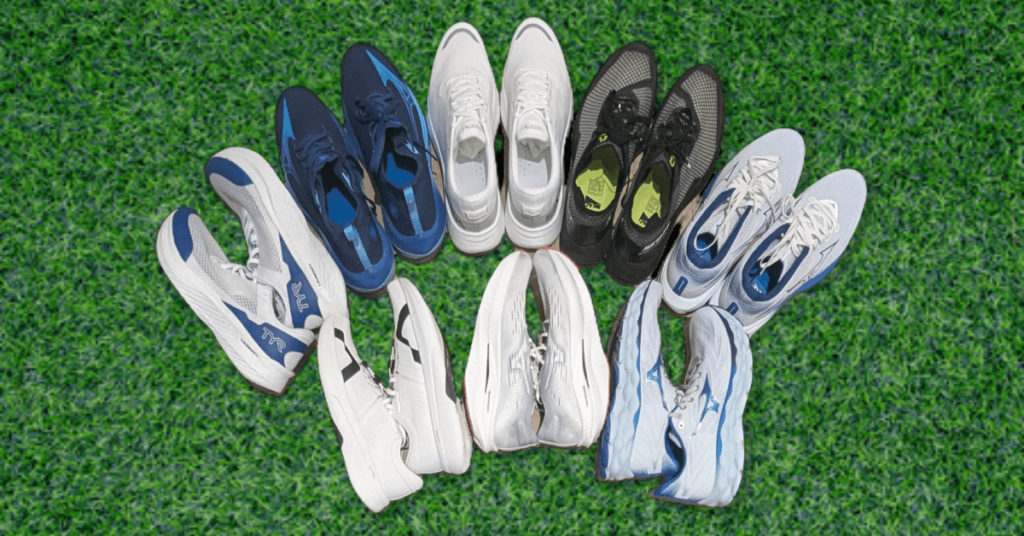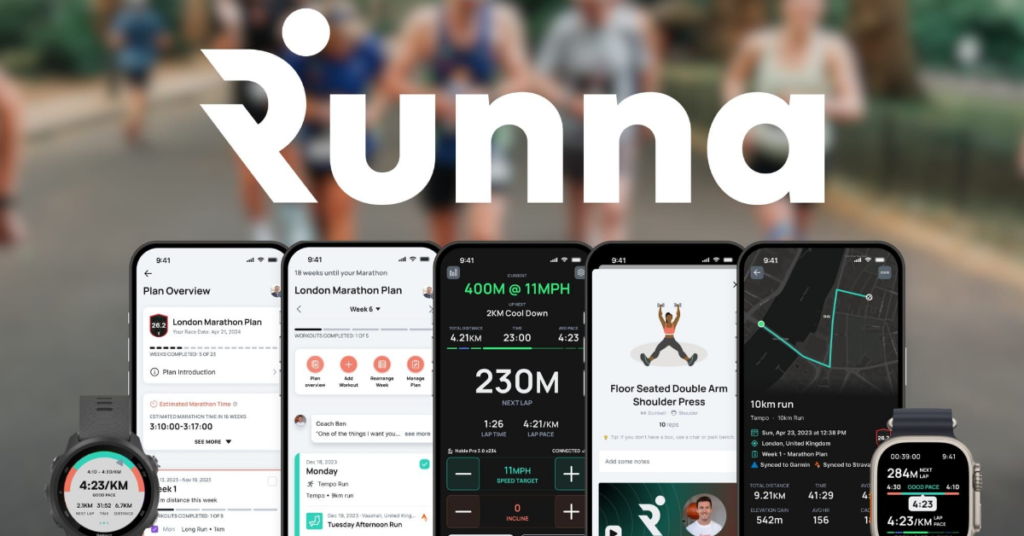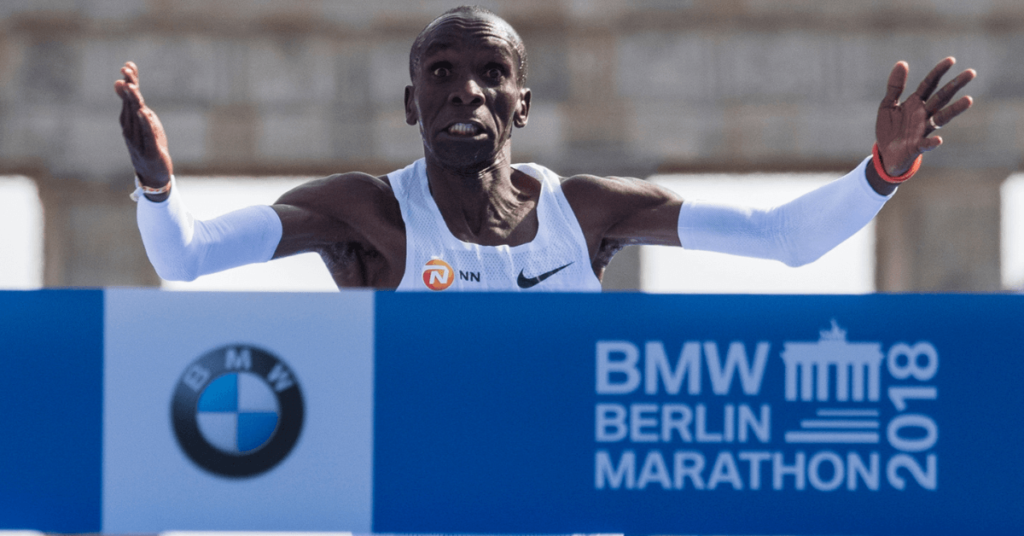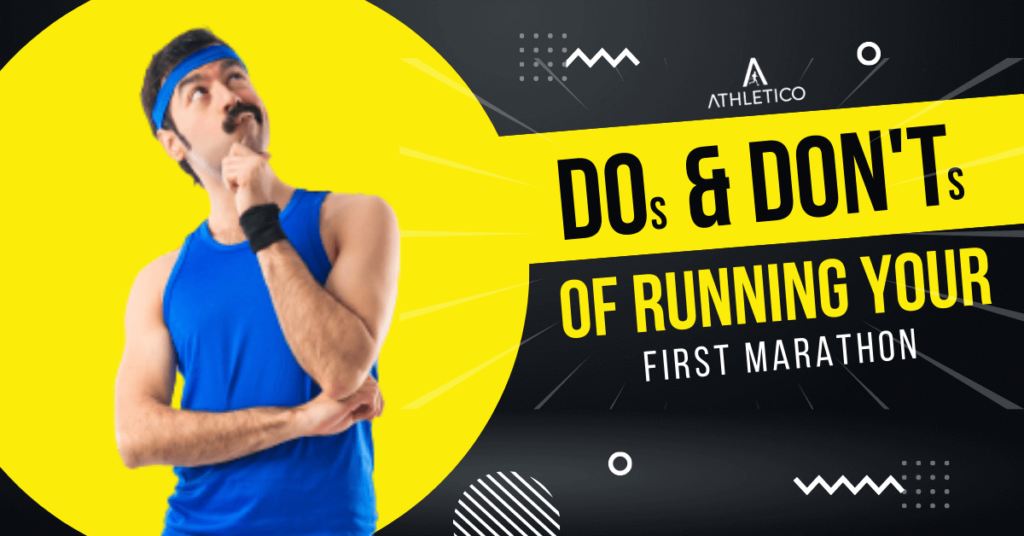Running Shoes Rotation Guide
Rotating your running shoes is more than just a trend; it’s a strategic approach to enhance your performance, prevent injuries, and make your runs more enjoyable. In this comprehensive running shoes rotation guide, we will delve into the importance of having a diverse shoe collection, how it can benefit your training, and what factors you […]




















